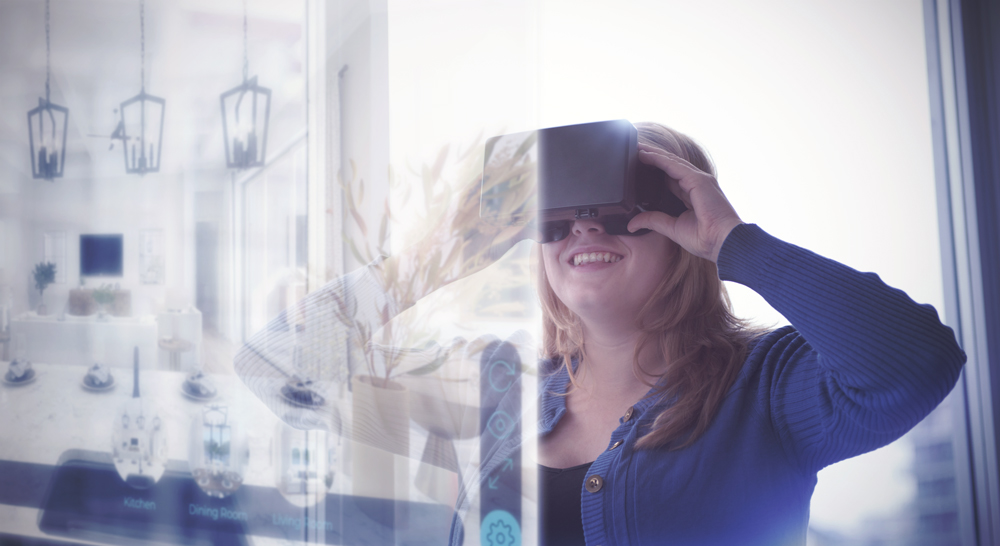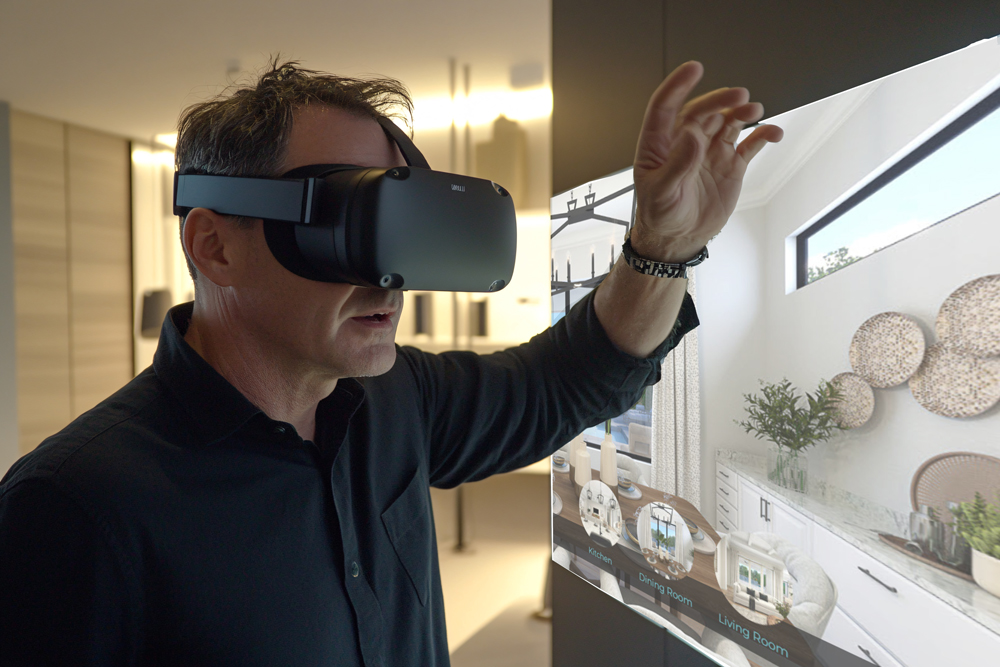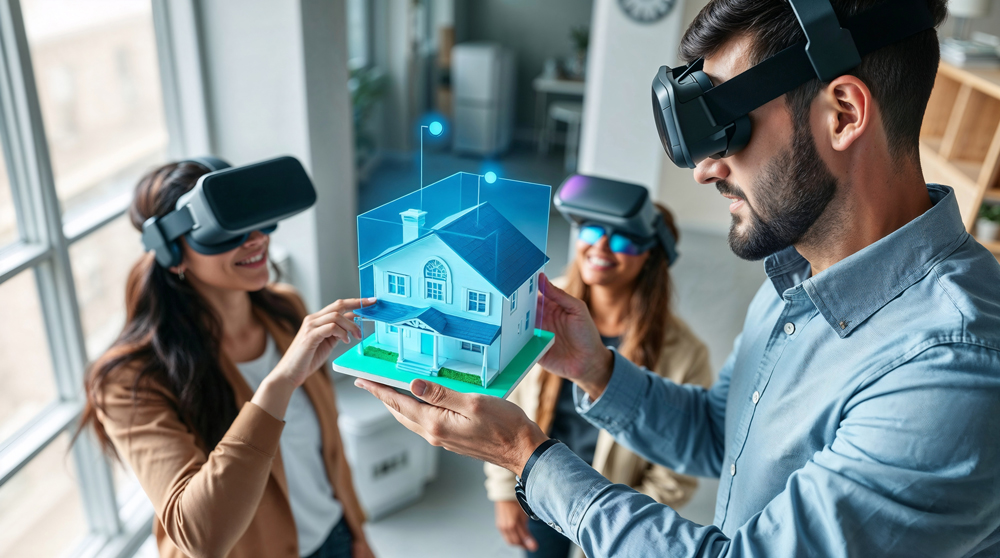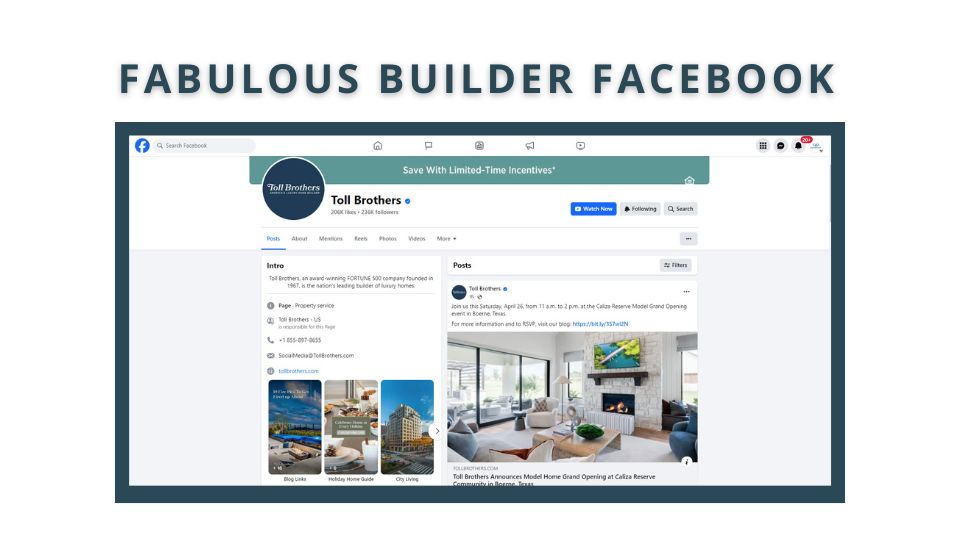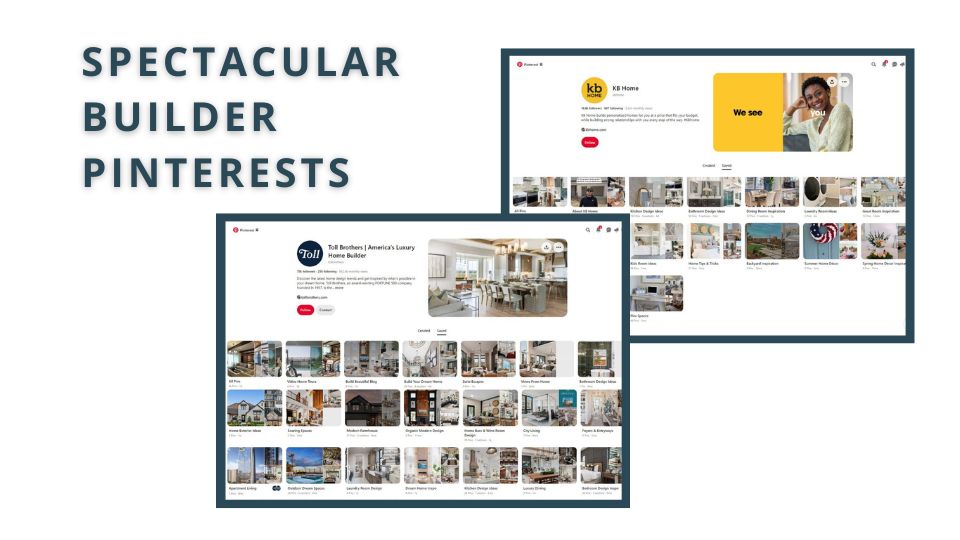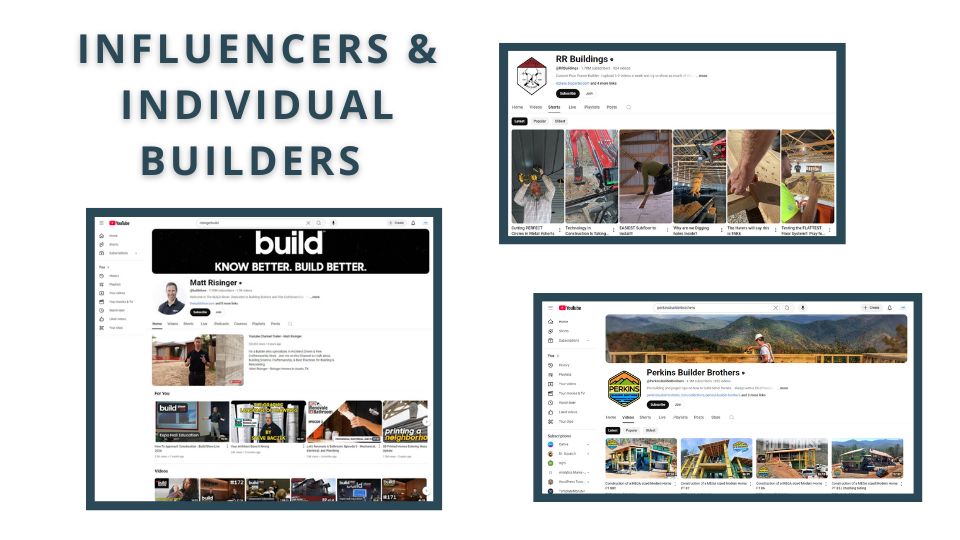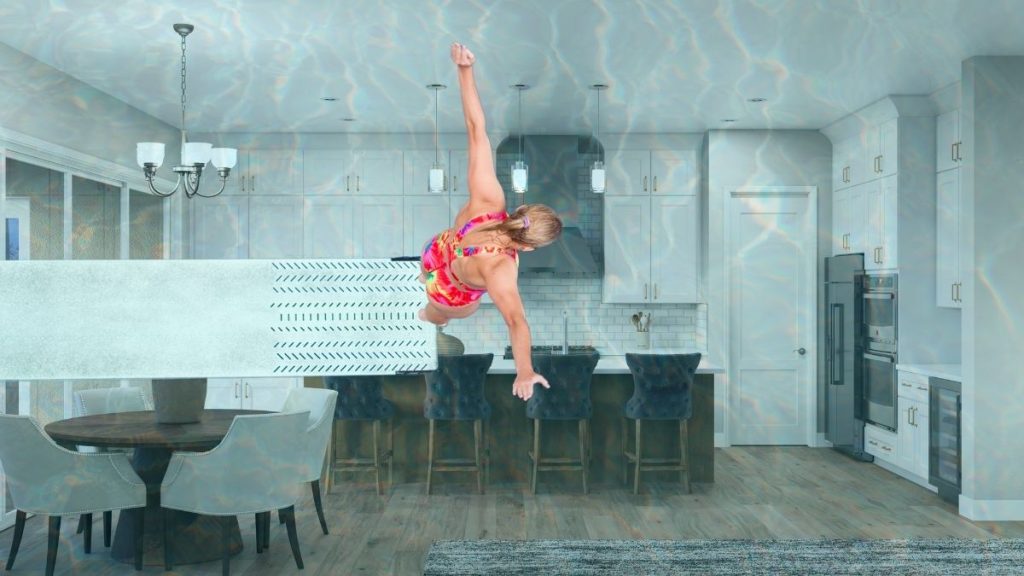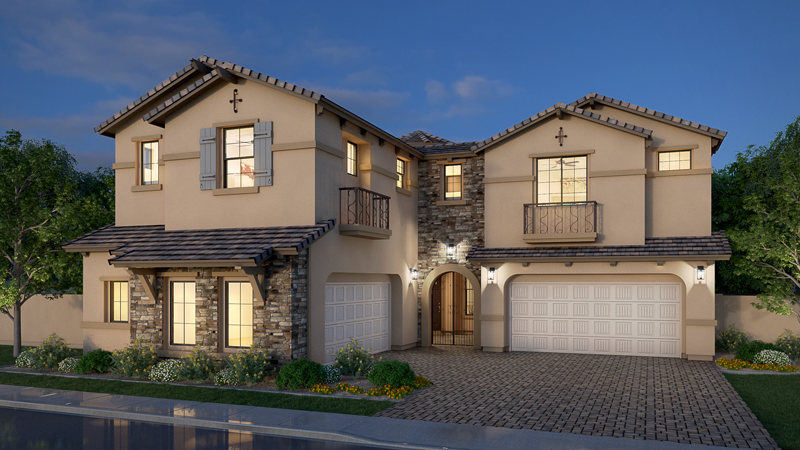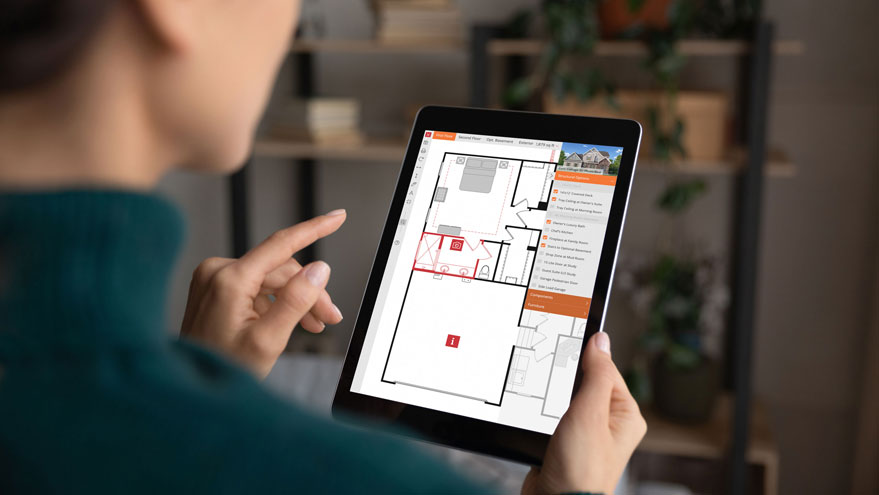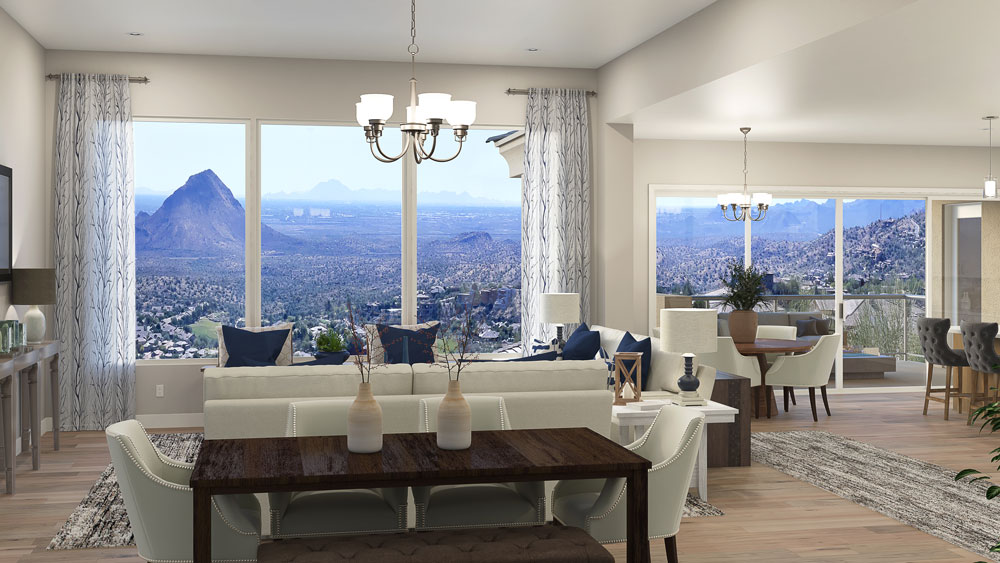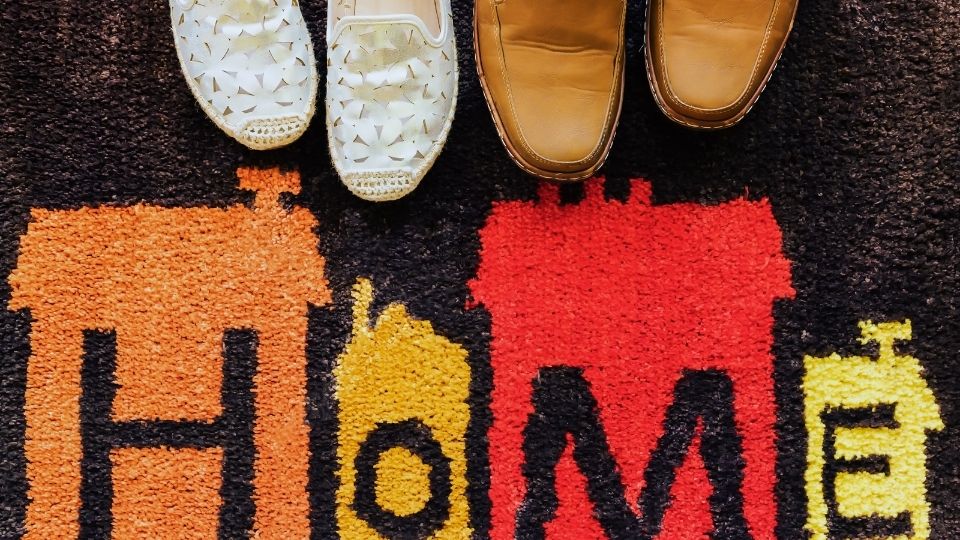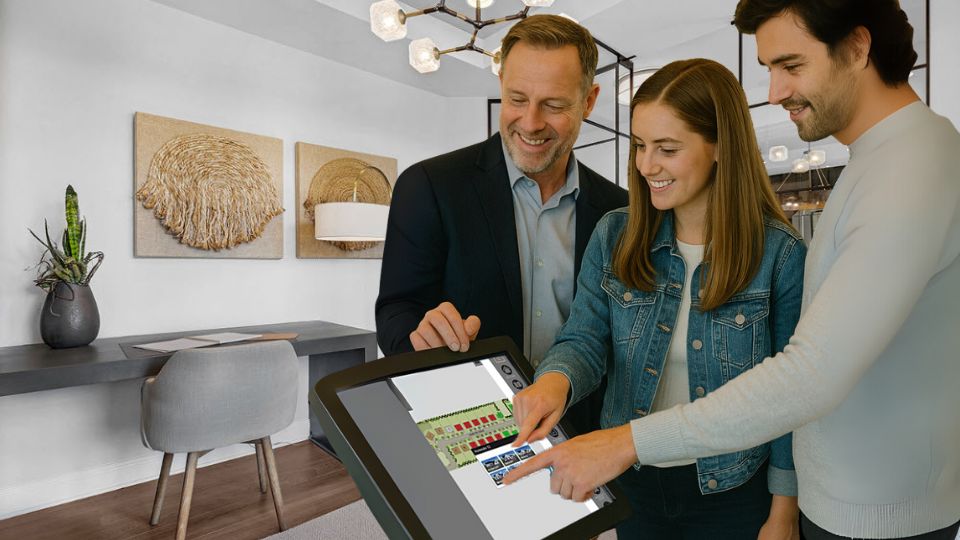
Picture this: a couple walks into a model home, unsure of where to begin. They’re greeted by a warm smile and an interactive kiosk glowing with floor plans, community maps, virtual renderings, and dream-home inspiration. Within minutes, they’re immersed. They’ve found the lot they love, the model that fits, and a vision of their future. No waiting. No confusion. Just clarity and connection.
Welcome to the modern model home, where interactive kiosks, like those produced by Outhouse, are transforming the sales experience from flat and fragmented to fully alive.
Real Builders. Real Success. Real Sales.
Van Metre Homes (Northern Virginia)
Van Metre Homes introduced wall-mounted kiosks to showcase community layouts and floor plans. The displays blend right into their model home aesthetic. They look more like high-end TVs than technology hubs. Behind the scenes, IT teams can manage content remotely, eliminating the need for in-person updates.
To gauge success, Van Metre conducted a case study. The result? Each kiosk draws 25–50 visitor interactions per week and generates an average of three qualified leads per day.
Outcome: Less paperwork. More leads. A smoother sales experience.
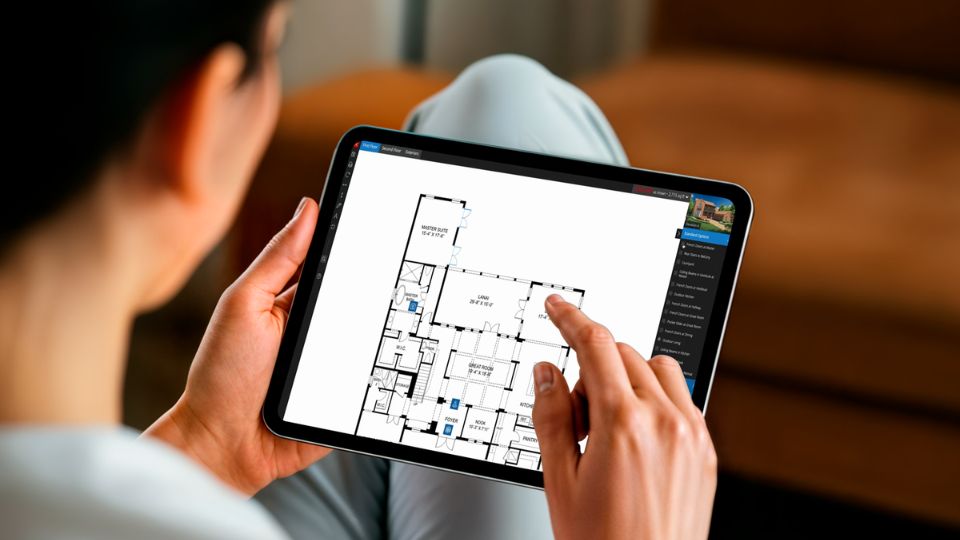
Interactive Kiosks: From Browsers to Believers
Across the U.S. and Canada, Iinteractive kiosks help home builders level up their customer experience. With tools like:
- Interactive markup: Lets buyers make notes on floor plans, plan furniture layouts, and dream big.
- Lot-Fit tools: Match models to available lots and help buyers visualize the perfect fit.
- Localized presentations: Like W.B. Home in Pennsylvania, many builders use kiosks to highlight nearby attractions that matter to modern buyers.
Outcome: Buyers go from passive browsers to active planners. Engagement deepens. Sales teams gain insight.
5 Reasons Kiosks Make Sales Centers Smarter
Benefits from Kiosk Deployments
| Benefit | Why It Matters |
|---|---|
| Lead Generation | Forms capture buyer info fast . |
| Remote Content Control | Updates can happen across properties without lifting a finger onsite. |
| Buyer Empowerment | Tools like lot-fit and floor plan personalization give buyers control and clarity. |
| Stronger Community Story | Highlight local attractions and perks that make a buyer feel at home. |
| Operational Efficiency | Less paper. Less chasing. More selling. |
Best Practices for Building a Kiosk Experience That Sells
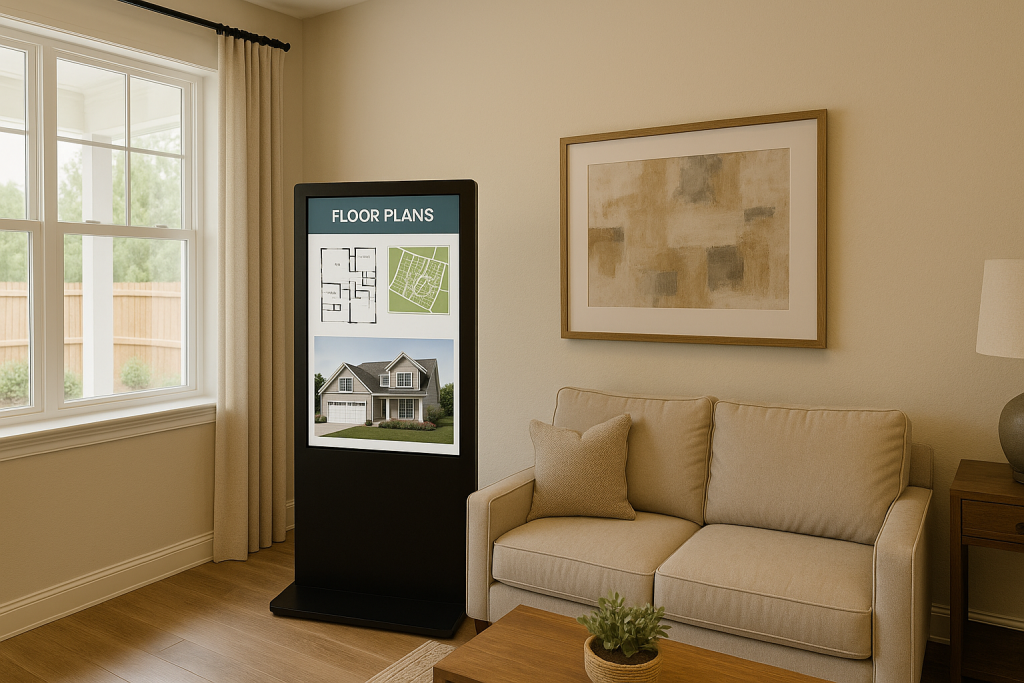
Want to build kiosks buyers actually use? Here’s what the pros are doing:
- Make them look good: Design kiosks that blend in beautifully with model home decor.
- Go interactive: Give buyers tools to personalize, explore, and engage.
- Keep it fresh: Use a CMS to manage content remotely and keep it relevant.
- Capture leads smartly: Let buyers submit preferences and inquiries right from the screen.
- Tell the neighborhood story: Use visuals and maps to sell the whole lifestyle, not just the house.
More Than a Screen: It’s Their First Step Home
At Outhouse.net, we don’t just build kiosks. We craft interactive experiences that help buyers fall in love with their future home. From touchscreen site maps to immersive renderings and beyond, we help builders put their best foot forward in the sales center, online, and everywhere in between.
So when buyers walk through your door, they don’t just see a model. They see their home.
Want to see how your sales center could evolve? Visit:
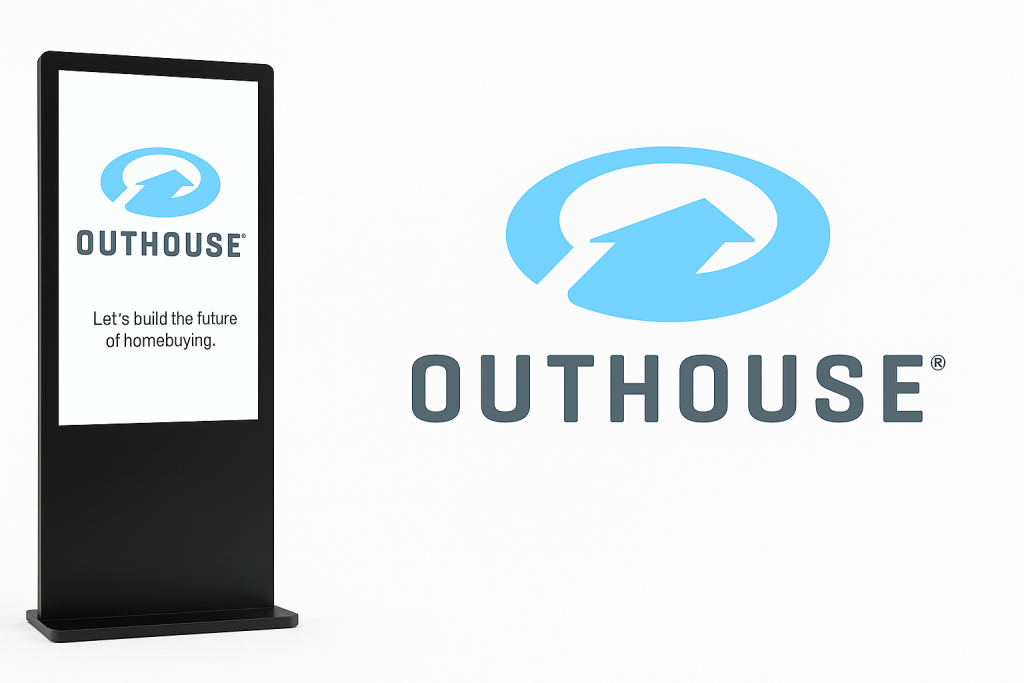
Outhouse.net Interactive Kiosks: Smart, Seamless, Stunning
At Outhouse.net, we believe the model home experience should be as beautiful and intuitive as the homes themselves. Our interactive kiosks are designed to do more than just display information: they invite buyers into a fully immersive, self-guided journey.
Here’s what sets Outhouse kiosks apart:
- Tailored Content: Showcase site maps, floor plans, renderings, and even photo-realistic virtual tours.
- Remote Updates: Change content instantly across multiple locations—no IT visit required.
- Lead Capture: Integrated forms turn engagement into real sales conversations.
- Beautifully Designed: From wall-mounted screens to sleek freestanding displays, they look like part of the model home.
Whether during a sales tour or after hours, our kiosks ensure buyers always have access to the inspiration and information they need.
Outcome: More engagement. More qualified leads. A seamless experience that sells.
